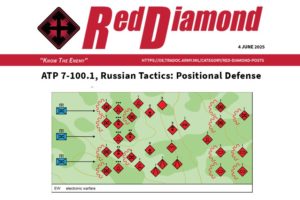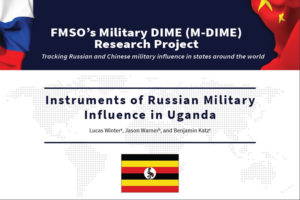Russian Doctrinal Changes and Deviations in the Battle for Kyiv
By Derek Reynolds and Matt M. Matthews
Distribution A: Approved for public release
File Size:
N/A
File Type:
Web
Page Count:
1
Share & Get The Message Out
In the days and weeks leading up to the Russian invasion of Ukraine, the vast majority of military analysts, retired generals, and news pundits predicted a quick victory by the Russian military. Many of these assessments were based, for the most part, on studies of Russian equipment and doctrine. But, as Phillips Payson O’Brien stated, “Having good equipment and good doctrine reveals little about how an army will perform in a war. To predict that, you must analyze not only its equipment and doctrine but also its ability to undertake complex operations, its unglamorous but crucial logistical needs and structure, and the commitment of its soldiers to fight and die in the specific war being waged. Most important, you have to think about how it will perform when a competent enemy fires back.”…
Related Products
U.S. Adversaries’ Trilateral Naval Exercises Reflect Convenience, Not Convergence
Ukraine’s Uncrewed Air and Ground Systems Teaming Marks a Watershed Moment
ATP 7-100.1, Russian Tactics: Positional Defense
ATP 7-100.1, Russian Tactics: Integration of UAS Into Russian Reconnaissance Complexes
Instruments of Russian Military Influence in Uganda












